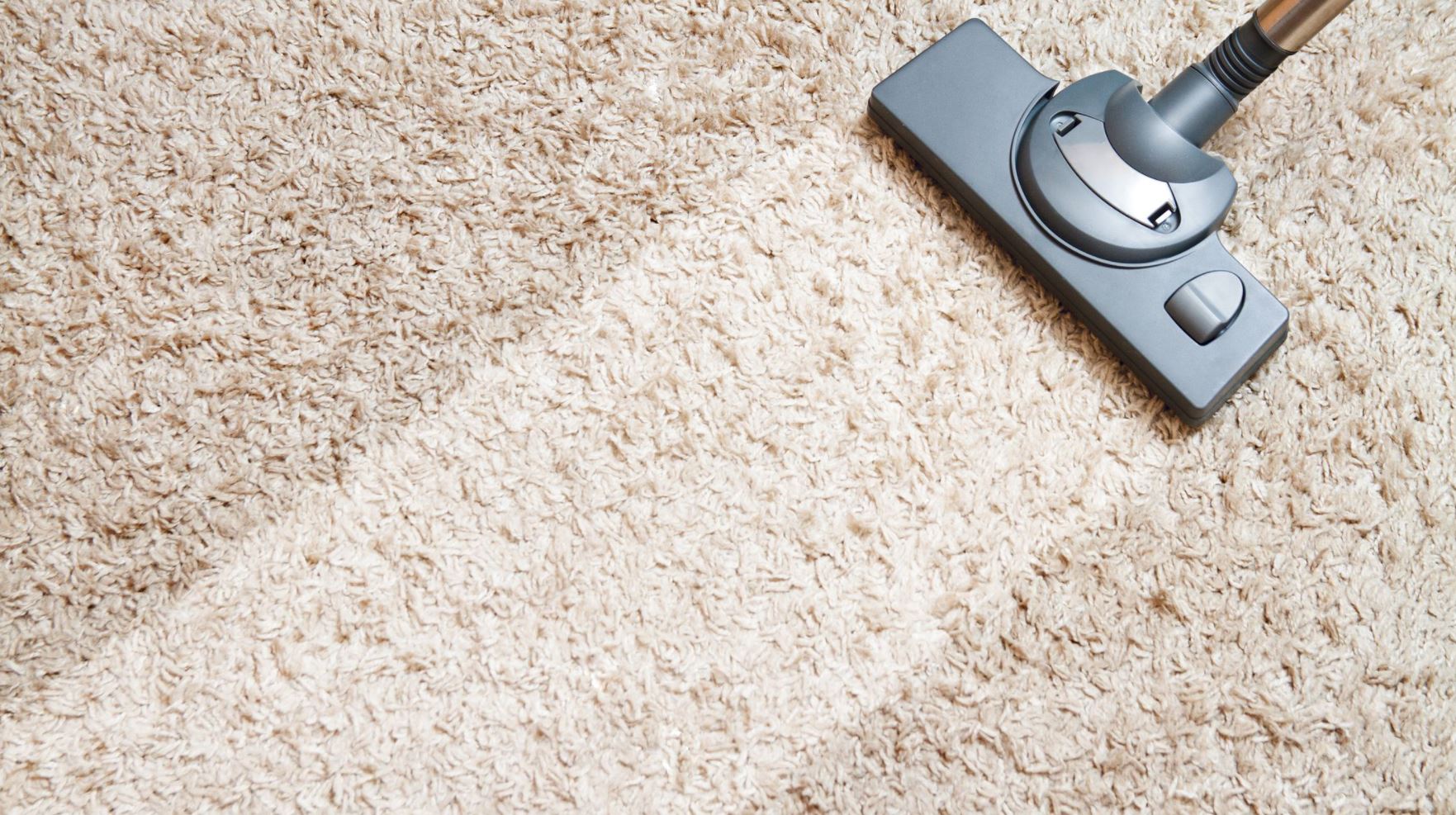For many people, home remodeling is a perfect opportunity to make your home feel and look closer to your idea of your dream home. We hire a residential and commercial contractor to ensure successful construction management. But for allergy sufferers, home improvements aren’t simply a matter of choosing what upgrades to make, reserving funds, and experiencing the hassle of living in a half-constructed home. For some, renovating a home can worsen chemical sensitivities, leading to allergies and asthma attacks.
Allergy control always begins at home. Sadly, our living spaces often worsen our allergy suffering because of poor construction or upkeep. These can pave the way to a variety of allergy triggers, such as mold, dust mites, pollen, cockroaches, and other indoor airborne allergens. If left unchecked, allergies can lead to serious infections and inflammation, which can hinder the quality of our life.
There’s no reason to suffer in a house that is a magnet for allergy triggers. The good news is, it’s never too late to apply necessary home improvements to alleviate allergy attacks in your living space. With that in mind, here are ways to allergy-proof your home.
Remove the wall-to-wall padding and carpet
When deciding about the flooring, stay away from flooring underlayment (padding) or wall-to-wall carpeting. These two are notorious for trapping allergens, such as pollen, pet dander, and dust mite. Bare or impervious flooring, such as hardwood, slate, tile, vinyl, laminate, or linoleum, is the best option for occupants with allergies. You can easily wash them, and they have no hiding places for allergens.
Although hardwood floors are one of the best options to allergen-proof your home, keep in mind they contain certain finishes that can trigger multiple chemical sensitivities, including allergies and asthma. Toxic elements, such as sealants, varnishes, fumes, and stains, linger for a while after they are applied. Breathing toxic fumes can be dangerous whether you have an allergy or not.
A great tip is to install prefinished hardwood floors with a low content of volatile organic compounds (VOC). During the installation, make sure to stay outside the house until the smell is gone. Use an air purifier with carbon filtration to absorb the remaining volatile organic compounds (VOCs) and ventilate each room thoroughly.

Be wary of VOCs in wall-related materials
VOCs are also present in insulation, fiberboard, particleboard, and wall paneling. The chemicals and materials used in the manufacturing of these items can irritate the respiratory tract and skin. One example is glass-mesh cement boards that cause plenty of debris during installation.
The best you can do is to prevent these inhalation hazards before they turn into an allergy attack. When exposed to these materials, wear goggles, a mask, or a respirator. If possible, assign someone to do the work, especially when tearing, sawing, or sanding them down. You can also use an air mover or fan for ventilation to blow toward the allergies outside. An industrial air purifier will also help in clearing out fumes and dust.
For extra measure, look out for these wall-related materials that may contain VOCs: paint, varnish, resin, solvents, putty, sealants, caulks, wallpaper, drapery, plaster, and drywall.
Ventilate the bathroom
Ever notice when the bathroom mirror gets foggy after a hot shower? While this may seem common, it can lead to a higher risk of mildew and mold growth.
Bathrooms are common locations to spot mildew and mold formation. To address this, simply install a good-quality exhaust fan to remove moisture when showing or taking a bath. The best models should come with a motion and humidity sensor that turns on automatically when the humidity level rises or whenever someone uses the bathroom. Before buying an exhaust fan, make sure to pick the right size for the bathroom to maximize the benefits.
Besides the exhaust fan, you can also recaulk the tub and sink and replace broken tiles to prevent mold formation behind walls.
Focus on overlooked spaces
Most of us focus only on the most visible areas of our homes. We tend to forget areas that also need some serious cleaning. The truth is that even the hidden nook and crannies of every room can lead to allergen build-up. That’s why it’s important to pay attention to overlooked areas of your home.
The storage area of your kitchen sink is a breeding ground for mold growth, especially if the pipes drip. Remove everything from the cabinet and look for signs of leaks. You should also look for cockroach webs and mouse dropping since pests can trigger allergies as well.
Don’t let dust, pollen, and mold allergies make you miserable right in your own home. Whatever your allergy trigger, you can use our steps above to reduce allergens in your home. But if the allergy symptoms continue to persist, consult a doctor immediately.